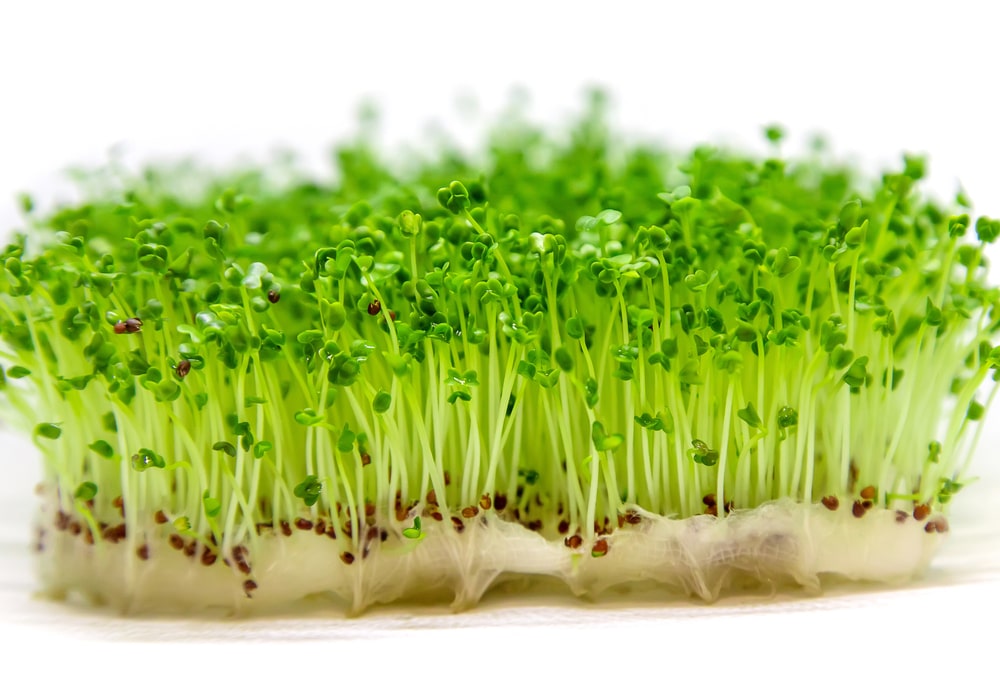Organic sprouts are a healthy addition to your diet. Do you know how easy they are to grow at home? Ensure you always have easy access to organic sprouts by learning how to grow them yourself.
Organic Sprouts – Packed with Nutrition!
Sprouts have long been noted for their health and nutritional benefits. When beans, grains, nuts or seeds are sprouted, they increase in nutritional value. Important vitamins, such as Vitamin C, Vitamin A, and the B Vitamins, all increase in potency when a seed is sprouted before being eaten. Additionally, sprouts are packed with enzymes, which our bodies use to create new, healthy cells.
Anyone Can Sprout
Sprouts are grown indoors in a warm, moist spot – usually a clear glass jar with a mesh lid. Even in your tiny city apartment you can grow organic sprouts! One of the best things about growing your own sprouts at home is that you can be sure you are eating the freshest organic produce year-round. In the middle of winter, when eating local organically grown vegetables can be next to impossible, you can feel good about giving your body the nutrition it needs from your own kitchen.
How to Grow Organic Sprouts
You will need some basic equipment for growing your organic sprouts. Get one large glass jar that accepts a screw-on lid for each variety of sprouts you’d like to grow. A quart size canning jar will work, but you may want a larger jar, such as a 1/2 gallon size, depending on the quantity of sprouts you’d like.
The lids on your sprouting jars must allow for airflow. Plastic or stainless steel mesh screw-on lids for sprouting are available online. Alternatively, you can cut window screening material (available at hardware stores) and secure it to the jars using a metal screw-on band. If you plan to only sprout large seeds, such as mung beans, you may be able to simply punch several holes into a metal lid.
Organic seeds for sprouting are available at natural food stores, usually in the bulk foods section.
Look for the typical varieties for sprouting such as alfalfa and broccoli seed as well as some that may be new to you, such as garbanzo beans, garlic, or fenugreek sprouting seeds.
Once you have your jars, lids, and organic seeds you are ready to start sprouting. First you should measure the amount of seed to sprout. Start by using 2 to 3 Tablespoons of seeds per quart jar. Since seeds and sprouts are all different sizes, it may take some trial and error to find the optimal amount of seeds to start with.
Soak the seed in cool water to cover for at least 2 hours.
Drain the sprouts, but leave enough water in the jar to keep the seeds moist. Place the jar at room temperature out of direct sunlight. Keep at a 45 degree angle to allow for drainage. About 2 – 3 times a day fill the jar with fresh water and drain to rinse the sprouts. Detailed information on soaking and growing instructions can be found for each type of sprouting seed here.
Sprouting time, though it greatly depends on what type of seed you are sprouting, is generally 1-3 days. Your sprouts are ready to eat when they have grown out of their hulls. You will need to remove the hulls from your sprouts before eating. Remove the hulls by immersing your sprouts in a large bowl of water and skimming off the hulls that rise to the surface.



